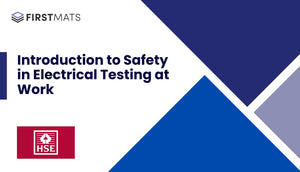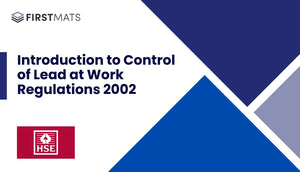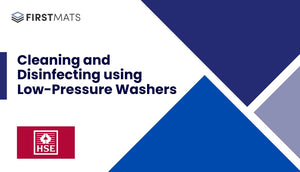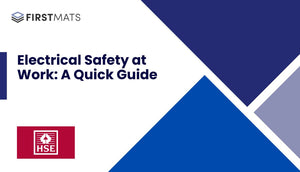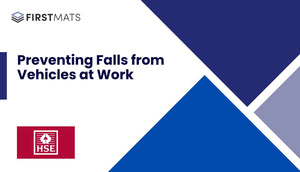Article Index:
Introduction
This article is a quick guide to the HSE document titled "Managing Upper Limb Disorders in the Workplace" (01/20 INDG171(rev3)). The original document, published by the Health and Safety Executive (HSE), provides comprehensive information on how employers can protect their workers from upper limb disorders (ULDs) in the workplace. This guide distils the key points from the document into a simpler, more digestible format.
What are Upper Limb Disorders (ULDs)?
ULDs include aches and pains in the shoulders, arms, wrists, hands, fingers, and neck. They are common across a range of industries and jobs, including assembly lines, construction, meat or poultry processing, and work with computers. They can be caused or worsened by work.
What does the law say?
Employers have general duties under the Health and Safety at Work etc Act and the Management of Health and Safety at Work Regulations to assess, control and manage the risks associated with work-related ULDs.
What causes a ULD?
ULDs are more common in tasks that involve:
- Prolonged repetitive work, particularly using the same hand or arm action
- Uncomfortable or awkward working postures
- Sustained or excessive force
- Carrying out a task for a long time without suitable rest breaks
- Working with hand-held power tools for long periods of time
What are the symptoms?
Workers may have symptoms in their upper limbs such as aches and pains, tenderness, weakness, tingling, numbness, cramp, burning, redness and swelling, and stiffness, pain or reduced movement in their joints. These symptoms may be signs of clinical disorders, such as carpal tunnel syndrome (CTS), tendonitis or tenosynovitis, osteoarthritis, cramp of the hand or forearm from prolonged periods of repetitive movement, and hand-arm vibration syndrome (HAVS).
How to assess the risks of ULDs in your workplace
As an employer, you have a duty to assess risks in your workplace. This includes looking around your workplace to see which tasks may cause harm and why, deciding how likely it is that people might be harmed, and identifying the factors that create a risk of harm and deciding how to control them.
Reduce the risk of ULDs
The most effective ways to eliminate or reduce the risk are to consider the risks when setting up new workstations, eliminate part or all of the task using automation or powered tools, focus first on reducing the risk of the higher-risk activities or those that affect most workers, and make sure tools and equipment fit the workers’ hands and are suitable for the task.
Supporting those with ULDs
If a worker has been off work suffering from a ULD, the timing of their return to work depends on medical advice. You may need to take occupational health advice on how to modify or restrict their work activities when they come back. They are likely to benefit from a phased return to work.
Conclusion
Managing Upper Limb Disorders in the workplace is an important part of health and safety. By understanding the causes, symptoms, and ways to reduce the risk, employers can create a safer and healthier working environment for their employees.


